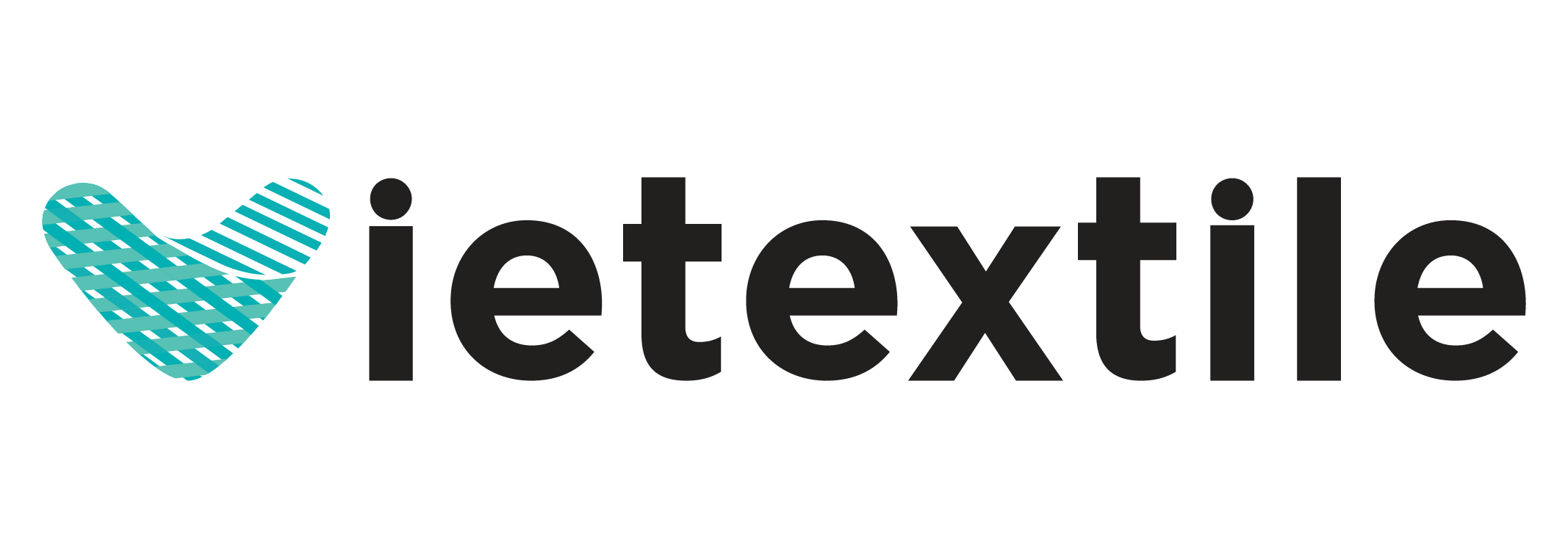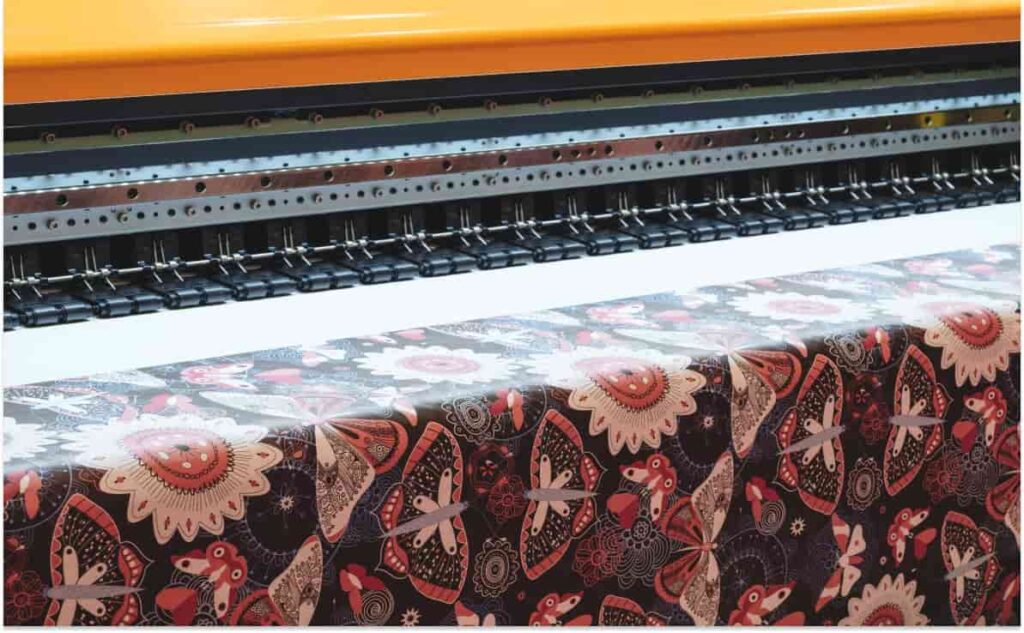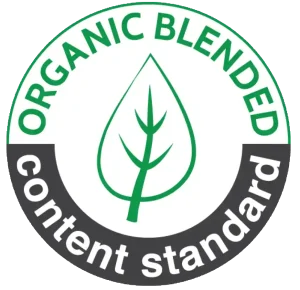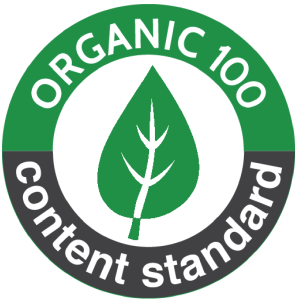Nylon, or polyamide, is a powerhouse textile fiber favored across the high-performance sportswear, outdoor gear, and luxury intimate apparel markets. Its inherent strength, lightweight nature, and excellent drape make it indispensable. However, these very qualities present a significant challenge for digital textile printing: nylon is synthetic and hydrophobic, meaning it naturally repels water-based inks and lacks the accessible chemical groups needed for permanent dye fixation. Successfully achieving vibrant and colorfast results requires a mastery of the preparatory steps for direct printing nylon fabric.
Achieving sharp, vivid, and colorfast results when performing direct printing nylon fabric requires bypassing these chemical limitations through a highly specialized technique centered on the pre-treatment process. This preparation step is the “secret sauce” that determines print quality, turning a difficult substrate into a receptive canvas, essential for high-quality direct printing nylon fabric.
This comprehensive guide breaks down the essential science and methodology behind successful direct printing nylon fabric, detailing the chemical agents, physical processes, and stringent quality controls required to meet the demands of global brands. We will explore why mastering the pre-treatment stage is an indispensable step for professionals performing high-quality direct to nylon printing.

1. The Chemical Imperative: Why Nylon Demands Acid Inks
Nội dung tóm tắt
ToggleThe success of direct printing nylon fabric hinges entirely on using the correct ink chemistry: Acid Inks. Understanding the fiber’s structure explains why this is the only viable method for direct printing nylon fabric.
1.1. Polyamide Structure and Amine Groups: The Electrostatic Lock
Nylon is a synthetic polymer characterized by repeating amide bonds. Crucially for dyeing, the fiber chain contains terminal amine groups (-NH2). Acid inks are so named because the dye molecules carry an anionic (negative) charge, while the amine groups on the nylon fiber are capable of accepting a cationic (positive) charge when treated with acid.
- The Bonding Mechanism: In the presence of acid and heat, the amine groups become protonated (-NH3+). This positive charge on the fiber surface forms a strong electrostatic bond with the negatively charged Acid dye molecules. This bond is the foundation of durable color fixation necessary for successful direct printing nylon fabric.
- Hydrophobicity Hurdle: Despite the chemical affinity for the dye, nylon’s hydrophobic nature means the fiber structure remains tight and repels the water in the ink carrier, hindering deep penetration. This là nơi tiền xử lý trở nên cần thiết để tối đa hóa năng suất của direct printing nylon fabric.
1.2. Acid Dye Classification: Leveling vs. Milling Dyes
Not all Acid inks are created equal. Professionals choose between two primary types for direct printing nylon fabric, depending on the desired color intensity and fastness requirements:
- Leveling (Equalizing) Dyes: These dyes have smaller molecular structures and low molecular weight. They penetrate quickly and are excellent for achieving even, pale shades, but their wet fastness is generally lower due to weaker electrostatic bonds. They are rarely used for the most demanding direct printing nylon fabric applications like swimwear.
- Milling (Super-Milling) Dyes: These dyes are larger and have multiple sulfonate groups, giving them a much stronger negative charge. They form more robust electrostatic bonds, leading to exceptional wet fastness and the deep, vivid colors required for high-end direct printing nylon fabric. They require more aggressive pre-treatment and fixation conditions (higher steam temperature or longer dwell time) to ensure proper diffusion and maximize color yield in the direct printing nylon fabric process.
1.3. Why Reactive and Disperse Inks Fail on Nylon
Using the wrong ink chemistry guarantees failure, emphasizing the need for precision when attempting direct printing nylon fabric.
- Reactive Inks (for Cotton/Cellulose): These rely on chemical bonds with hydroxyl groups (-OH) found in cellulose. Nylon lacks these groups, so Reactive inks will simply wash off.
- Disperse Inks (for Polyester/PET): These rely on dissolving into the synthetic fiber structure under high heat (sublimation). Nylon melts at a much lower temperature than polyester, and the dispersed dyes lacks the chemical structure to bond effectively, resulting in poor wash fastness and dull colors on direct printing nylon fabric.
2. The Core Secret: Pre-Treatment Chemical Engineering
The true mastery in direct printing nylon fabric lies in the application and formulation of the pre-treatment solution. This step is designed to chemically modify the nylon surface and physically swell the fiber, which is crucial for maximizing color saturation in direct printing nylon fabric.
2.1. Essential Components of the Pre-Treatment Recipe
The pre-treatment bath is a carefully balanced aqueous solution that must contain three primary ingredients to enable successful direct printing nylon fabric:
- Swelling Agents/Hydrophilic Polymers (Thickeners): Typically natural or synthetic polymers (like certain types of alginates or polyacrylic thickeners).
- Function: These chemicals temporarily penetrate the fiber structure, causing the nylon to swell. This opens up tiny, temporary “channels” or pores in the normally tight polymer matrix, allowing the large Acid dye molecules to move deep inside the fiber during the steaming process. This is the main mechanism for successful direct printing nylon fabric.
- Acid/Fixation Agents (Proton Donors): Such as citric acid, tartaric acid, or other proprietary organic acid systems.
- Function: These agents are critical for establishing the positive charge on the terminal amine groups (-NH3+). They lower the pH of the fabric (pH 4.0–5.5), creating the perfect acidic environment for the Acid dye to bond electrostatically during fixation. The correct pH is non-negotiable for vibrant direct printing nylon fabric.
- Wetting Agents/Anti-migrants: Surfactants used to ensure the solution penetrates the hydrophobic nylon uniformly.
- Function: They guarantee a uniform “pick-up” percentage (PU%) across the entire fabric width during padding. Uneven pick-up leads to color variation and poor edge-to-edge quality in the final direct printing nylon fabric.
2.2. The Role of Urea and Other Humectants in Acid Dyeing
In addition to the core components, textile chemists often incorporate urea or other high-boiling-point humectants into the pre-treatment recipe for direct printing nylon fabric.
- Urea’s Dual Function: Urea acts as both a swelling agent and a powerful humectant. It helps swell the nylon, further opening the amorphous regions for dye uptake. More importantly, during the drying and subsequent steaming phase, it helps retain moisture on the fabric surface. This sustained humidity is crucial for maintaining the mobility of the Acid dye molecules during the initial phases of fixation, ensuring deeper, more complete penetration required for high-quality direct printing nylon fabric.
- The Concentration Sweet Spot: The concentration of urea must be optimized. Too little and dye fixation is poor; too much, and it can cause problems in the waste-water stream or lead to excessive ink spread (bleeding) during the actual printing stage.
3. Pre-Treatment Application: Optimizing the Foulard and Stenter
The physical application of the chemical solution is as critical as the formulation itself. This section details the equipment and control mechanisms vital for consistent direct printing nylon fabric.
3.1. The Padding Process (Foulard): Precision Pick-Up
Application of the pre-treatment solution is performed using a high-precision padding machine (foulard). This stage is the foundation of successful direct printing nylon fabric.
- Precise PU% is Key: The amount of chemical solution retained by the fabric (PU%) is critical. For direct printing nylon fabric, maintaining a precise and consistent PU% (typically 60%–80% by weight) is essential. Too little, and the dye penetration is poor; too much, and the ink may bleed or migrate during drying.
- Nip Pressure Control: The pressure applied by the nip rollers on the foulard is the primary variable controlling the PU%. Consistent pressure across the width is vital to avoid side-to-side variation (which would result in lighter/darker stripes in the direct printing nylon fabric).
- Trough Management: The pre-treatment trough must be continuously mixed and monitored to prevent chemical concentration changes (which happens due to evaporation), ensuring a uniform solution is applied throughout the direct printing nylon fabric run.
3.2. Controlled Drying via the Stenter Frame
After padding, the nylon must be dried carefully and accurately before direct printing nylon fabric can commence. The stenter frame is the equipment used for this crucial process.
- Function of the Stenter: The stenter frame not only dries the fabric but also holds it at a precise width using pins or clips. This width control is essential for maintaining dimensional stability, especially for stretch nylon used in activewear applications of direct printing nylon fabric.
- Migration Prevention: Controlled multi-zone drying is mandatory to remove excess moisture without causing chemical migration. If migration occurs, the pre-treatment chemicals concentrate at the edges of the fabric, leading to a “picture framing” effect (darker edges) in the finished direct printing nylon fabric. Gradual temperature increases across the drying zones minimize this risk.
- Residual Moisture Content (RMC): The RMC must be accurately measured and controlled (typically 5%–8%) before printing. If the fabric is quá khô, it can lead to poor dot gain and reduced color yield during direct printing nylon fabric.
4. Digital Printing and Ink Management for Nylon
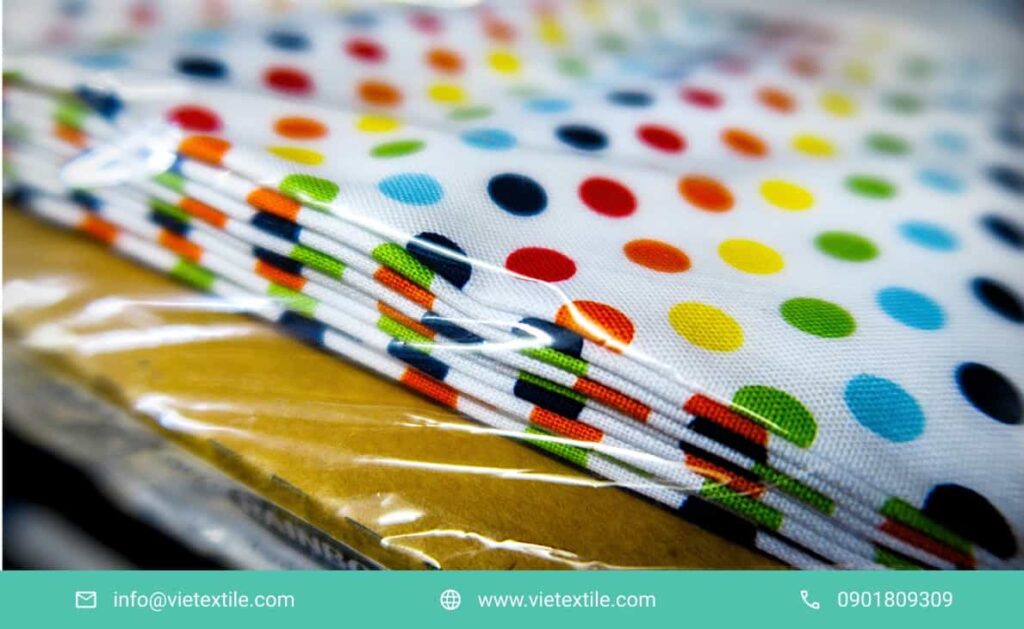
Once the nylon is pre-treated and dried, it is ready for the digital stage of direct printing nylon fabric.
4.1. Color Fidelity and ICC Profiling for Acid Inks
Acid inks used for direct printing nylon fabric are known for their extremely broad and bright color gamut, making them ideal for high-impact sportswear.
- Vibrancy: The strong electrostatic bond of the Acid dye to the nylon fiber allows for maximum color depth and vibrancy, often surpassing results achieved on natural fibers. The professional goal is to maximize the color yield potential of the direct printing nylon fabric process.
- Ink Stability: High-quality Acid inks are formulated to be stable and resistant to sedimentation within the printhead, which is crucial for high-speed industrial printing and maintaining the integrity of the direct printing nylon fabric process.
- RIP Software Profiles: Custom ICC profiles must be generated for each specific nylon type (e.g., Nylon 6 vs. Nylon 6,6) and its corresponding pre-treatment formulation. This ensures accurate color matching (\Delta E tolerance), which is critical for consistent direct printing nylon fabric across multiple batches.
4.2. Managing Nylon’s Surface Texture and Print Tension
Nylon often comes in highly technical weaves (ripstop, taffeta, stretch knit). These materials present unique challenges for precise direct printing nylon fabric.
- Printer Tension Control: The printing machine must maintain perfect, uniform tension control (often vacuum-assisted) to prevent the stretch nylon from distorting during the print run. Distortion directly compromises the sharpness and registration accuracy of the direct printing nylon fabric.
- Advanced Drop Placement: For fine lines and detailed graphics in direct printing nylon fabric, the printer must utilize advanced drop placement algorithms to compensate for any slight variation in fiber height or weave structure, ensuring every ink droplet lands precisely.
- Printhead Maintenance: Due to the slightly acidic nature of the pre-treated nylon, meticulous printhead maintenance is required to prevent crystallization or corrosion within the printhead nozzles, which would lead to banding and drop-out defects, compromising the quality of the direct printing nylon fabric.
5. Fixation: Sealing the Chemical Bond (Steaming)
Fixation is the thermal step that completes the electrostatic bond between the Acid dye and the pre-treated nylon fiber. This is the moment the dye becomes permanent, securing the colorfastness of the direct printing nylon fabric.
5.1. Saturated Steam or Pressure Fixation Techniques
Unlike pigment or disperse dyes, which use dry heat, Acid dyes require heat in the presence of moisture. This is vital for deep color penetration when performing direct printing nylon fabric.
- Saturated Steaming: This is the most common method, using industrial steamers at 100–102^{\circC for a dwell time of 7–10 minutes. The steam ensures the dye molecules remain hydrated and mobile, allowing them to penetrate the fiber pores opened by the pre-treatment. Consistent steam quality (free from contaminants) is vital for color integrity in direct printing nylon fabric.
- Pressure Steaming (The High-Fastness Method): For maximum color depth and fastness on difficult nylon constructions (e.g., tightly woven ripstop or heavy ballistic nylon), pressure steamers are used. Operating at higher temperatures (e.g., 120–140^{\circC) under pressure, this method forces maximum dye migration and bond formation, ensuring the most robust direct printing nylon fabric possible. This aggressive method is necessary to achieve high fastness ratings on challenging substrates.
5.2. Post-Fixation Washing and Soaping
After fixation, the fabric must undergo a thorough washing process to remove all unfixed dye, residual thickeners, and the acid catalyst. This cleaning step is essential for the final wash fastness of the direct printing nylon fabric.
- Neutralization: The first washing bath often involves a neutralizing agent (e.g., soda ash) to raise the pH back to neutral (pH 7.0–8.0).
- Soaping: The fabric is then washed with a high-performance chemical soaping agent at an elevated temperature (often 60–75^{\circC) to strip away unfixed dye. Failure to completely clear the unfixed dye is the primary cause of poor wet rub fastness (crocking) and potential staining of white areas on the direct printing nylon fabric. This step dramatically improves the wash fastness of the direct printing nylon fabric.
- Color-Fixing Agents (Post-Treatment): Sometimes, a final cationic fixing agent is applied in the last wash bath. This chemical acts as a “second line of defense,” forming a chemical barrier to lock in any dye molecules that didn’t fully penetrate, further boosting the wet fastness of the direct printing nylon fabric.
6. Defect Analysis: Troubleshooting Specific Issues in Direct Printing Nylon Fabric
Even with optimized chemistry, production environments face unique challenges when dealing with the synthetic nature of nylon. Professionals must be adept at identifying and correcting flaws specific to direct printing nylon fabric.
6.1. Common Print Defects
- Banding (Horizontal or Vertical): The most common print defect.
- Cause: Clogged, misaligned, or failed printhead nozzles. Can also be caused by insufficient vacuum on the print blanket allowing the nylon to flutter.
- Solution: Immediate printhead cleaning cycles (automatic or manual), precise printhead calibration, and optimization of the direct printing nylon fabric file to minimize heavy solid areas if possible.
- Mottling or Speckling (In solid areas): An inconsistent, uneven color coverage.
- Cause: Insufficient pre-treatment concentration, or a pre-treatment that was not dried properly, leading to poor initial ink absorption. Can also be due to inadequate swelling agents for the complexity of the direct printing nylon fabric design.
- Solution: Increase pre-treatment PU% slightly and verify stenter drying temperature uniformity.
- Bleeding or Feathering (Fuzzy edges): Ink spreads beyond the intended area.
- Cause: Excessive pre-treatment thickener concentration (too much polymer/urea) or the nylon was not dried sufficiently before direct printing nylon fabric. High humidity in the printing room can also exacerbate this issue.
- Solution: Reduce the PU% or concentration of thickeners in the pre-treatment solution. Ensure environmental control (dehumidification) is maintained for high-quality direct printing nylon fabric.
6.2. Post-Fixation Defects (Fastness Failures)
These defects only become apparent after the washing and testing phase, highlighting a problem with the fixation process for direct printing nylon fabric.
- Poor Wash Fastness: Color loss or bleeding in the wash test.
- Cause: Insufficient fixation time/temperature in the steamer, inadequate acid concentration in the pre-treatment, or not using the appropriate Milling-type Acid dyes for the direct printing nylon fabric.
- Solution: Increase steaming dwell time, verify steam quality (saturation), and confirm pre-treatment pH is within the 4.0–5.5 range.
- Poor Wet Rubbing: Color transfer when rubbed vigorously while wet.
- Cause: Residual unfixed dye on the surface of the fiber. The post-fixation soaping was insufficient or performed at too low a temperature for effective removal.
- Solution: Increase soaping temperature (75^{\circC is ideal) and duration. Consider adding a post-treatment cationic fixer for the most demanding direct printing nylon fabric applications.
7. Sustainability and Future Trends in Direct Printing Nylon Fabric
While Acid dyes are necessary for the chemical bond required for direct printing nylon fabric, the textile industry is continually seeking ways to make the process more environmentally responsible.
7.1. Water and Energy Consumption
The reliance on steaming and extensive washing makes direct printing nylon fabric a water-intensive process compared to dry heat fixation methods (like Disperse/Sublimation printing).
- Eco-Friendly Pre-Treatment: Research focuses on developing pre-treatment polymers that are easier to wash out (lower BOD/COD waste profile) and require lower concentration. These advanced, biodegradable polymers are key to greener direct printing nylon fabric.
- Closed-Loop Washing Systems: Investment in washing ranges that filter, treat, and recirculate water significantly reduces the environmental impact of the post-fixation cleaning phase of direct printing nylon fabric.
7.2. Chrome-Free Acid Dyes
Historically, some high-fastness Acid dyes contained heavy metals like Chrome. Modern direct printing nylon fabric increasingly relies on chrome-free, high-purity Acid dye formulations that achieve superior wet fastness without the environmental hazard. This shift is mandatory for brands adhering to standards like ZDHC (Zero Discharge of Hazardous Chemicals).
7.3. The Challenge of Nylon/Elastane Blends
Most modern technical textiles are not 100% nylon but are blends with Elastane (Spandex/Lycra) for stretch. Direct printing nylon fabric that contains Elastane is even more complex.
- Heat Sensitivity: Elastane is extremely sensitive to heat. The fixation temperature and time must be optimized to achieve full Acid dye fixation on the nylon without damaging or degrading the Elastane’s stretch memory. This often requires a compromise between maximum color fastness and fabric integrity in direct printing nylon fabric.
- Dual-Process Printing: In some cases, specialized print manufacturers use a dual-ink setup, applying Acid inks for the nylon portion and low-energy Disperse inks for the Elastane portion, followed by separate fixation cycles. This is the ultimate technical challenge in direct printing nylon fabric blends.
8. Quality Assurance: Metrics for Direct Printing Nylon Fabric

Professional results are measured by stringent international standards, verifying the durability of the direct printing nylon fabric for its intended use (e.g., swimwear, activewear).
8.1. Wash Fastness (ISO 105 C06)
This is the ultimate test of the Acid dye’s bond to the nylon. The printed fabric must withstand multiple cycles of washing without significant loss of color or staining of adjacent fibers. It validates the entire direct printing nylon fabric process.
- Required Rating: Global brands typically require a fastness rating of 4.0 or higher on the standard 5-point scale (the grey scale for color change and staining). A rating below this indicates poor fixation, likely due to inadequate pre-treatment or fixation parameters, necessitating a re-evaluation of the direct printing nylon fabric workflow.
8.2. Wet Rub Fastness (AATCC 8)
Crucial for activewear, this tests how much color rubs off when the fabric is wet. This directly relates to the comfort and non-staining nature of the direct printing nylon fabric.
- Relevance: Since sportswear is exposed to sweat and high friction, excellent wet rub fastness (typically 3.5 or higher) is mandatory. Failure here means the user’s skin or clothing will be stained by the direct printing nylon fabric.
8.3. Light Fastness (ISO 105 B02)
Essential for outdoor gear and any product exposed to sunlight.
- Testing: This test measures the resistance of the printed color to fading over time, rated on the Blue Wool scale (1 to 8). Outdoor direct printing nylon fabric often requires a rating of 6 or higher.
8.4. Defect Prevention in High-Volume Runs
Due to nylon’s smooth, synthetic surface, print defects are highly visible. Controlling the environment and the machinery is key to consistent direct printing nylon fabric.
- Banding: The most common defect, caused by clogged or misaligned printhead nozzles. Requires constant printhead monitoring and cleaning routines during production of direct printing nylon fabric.
- Pinholes: Small white specks where the ink did not adhere, often due to lint or dust particles on the pre-treated nylon surface before printing. The printing area must be highly controlled and clean for superior direct printing nylon fabric output.
9. Conclusion: Pre-Treatment is Paramount for Direct Printing Nylon Fabric
The move toward on-demand production demands that textile manufacturers master the specialized process of direct printing nylon fabric. The “secret” to achieving vibrant, sharp, and highly durable prints is not just the high-resolution DTF printer or the quality of the Acid inks, but the pre-treatment itself.
By precisely controlling the chemical balance of the swelling agents, acid catalysts, and humectants, industry leaders successfully overcome nylon’s inherent hydrophobicity, creating the ideal acidic environment for the electrostatic bond to form during fixation. This technical mastery ensures that the final product—from high-performance athletic wear to technical outerwear—meets the rigorous standards for wash fastness and color vibrancy required by the global market. The future of sustainable direct printing nylon fabric lies in advanced polymer research and closed-loop systems, continually optimizing this challenging but rewarding process.
10. Frequently Asked Questions (FAQ) about Direct Printing Nylon Fabric
Q1: Can I use Pigment Inks for Direct Printing Nylon Fabric?
A: While you can print a Pigment ink onto nylon, the results will not meet commercial wash fastness standards. Pigment inks only sit on the surface and require a strong binder (resin) cured by dry heat. They lack the ability to form a strong chemical bond with the nylon fiber. For high-performance apparel, where wash fastness must be 4.0 or higher, Pigment inks are unsuitable for direct printing nylon fabric. Only Acid inks create the necessary durable electrostatic bond.
Q2: What is the biggest challenge in scaling up Direct Printing Nylon Fabric production?
A: The biggest challenge is consistency in pre-treatment application and moisture control. The foulard machine must maintain a precise and uniform PU% (Pick-Up Percentage) across the fabric width. Any variation in the pre-treatment concentration or residual moisture content before printing will lead to visible color variation (banding or shading) across the roll, making consistent high-volume direct printing nylon fabric difficult to maintain without strict quality control protocols.
Q3: Why is Steaming (Wet Heat) essential for Acid Dyes on Nylon, instead of Dry Heat (like Disperse Dyes)?
A: Steaming provides saturated moisture and heat, which are necessary for three reasons in direct printing nylon fabric:
- Dye Mobility: The water vapor keeps the dye molecules hydrated and highly mobile, allowing them to rapidly penetrate the fiber.
- Fiber Swelling: The steam maximizes the swelling effect of the pre-treatment polymers, opening the nylon structure.
- Bond Formation: The heat catalyzes the final electrostatic bond formation (-NH3+ to Dye-). Dry heat would instantly dry the ink, causing the dye to crystallize on the surface, resulting in poor color yield and fastness for direct printing nylon fabric.
Q4: How do I prevent bleeding (fuzzy edges) when printing fine details?
A: Bleeding is usually caused by excessive moisture or too high a concentration of thickeners/humectants in the pre-treatment.
- Immediate Fixes: Ensure the nylon fabric is dried to the correct RMC (Residual Moisture Content, typically 5%–8%) before direct printing nylon fabric.
- Recipe Adjustment: Reduce the concentration of urea or the polymer thickener in your pre-treatment recipe. This lowers the surface tension and migration potential, leading to sharper lines in your direct printing nylon fabric.
Q5: Is Direct Printing Nylon Fabric more sustainable than other methods?
A: Direct printing nylon fabric with Acid inks is a complex answer regarding sustainability. While it is more water-intensive than sublimation (Disperse printing), it offers high color vibrancy and excellent durability, which translates to a longer product lifespan (a key sustainability factor). The trend toward chrome-free Acid dyes and closed-loop washing systems is continuously improving the environmental footprint of direct printing nylon fabric. It is generally considered a cleaner process than conventional screen printing, which uses large volumes of messy print pastes.
Contact VieTextile Today for Expert Consultation!
Hotline: 0901 809 309
Email: info@vietextile.com
Website: https://vietextile.com
